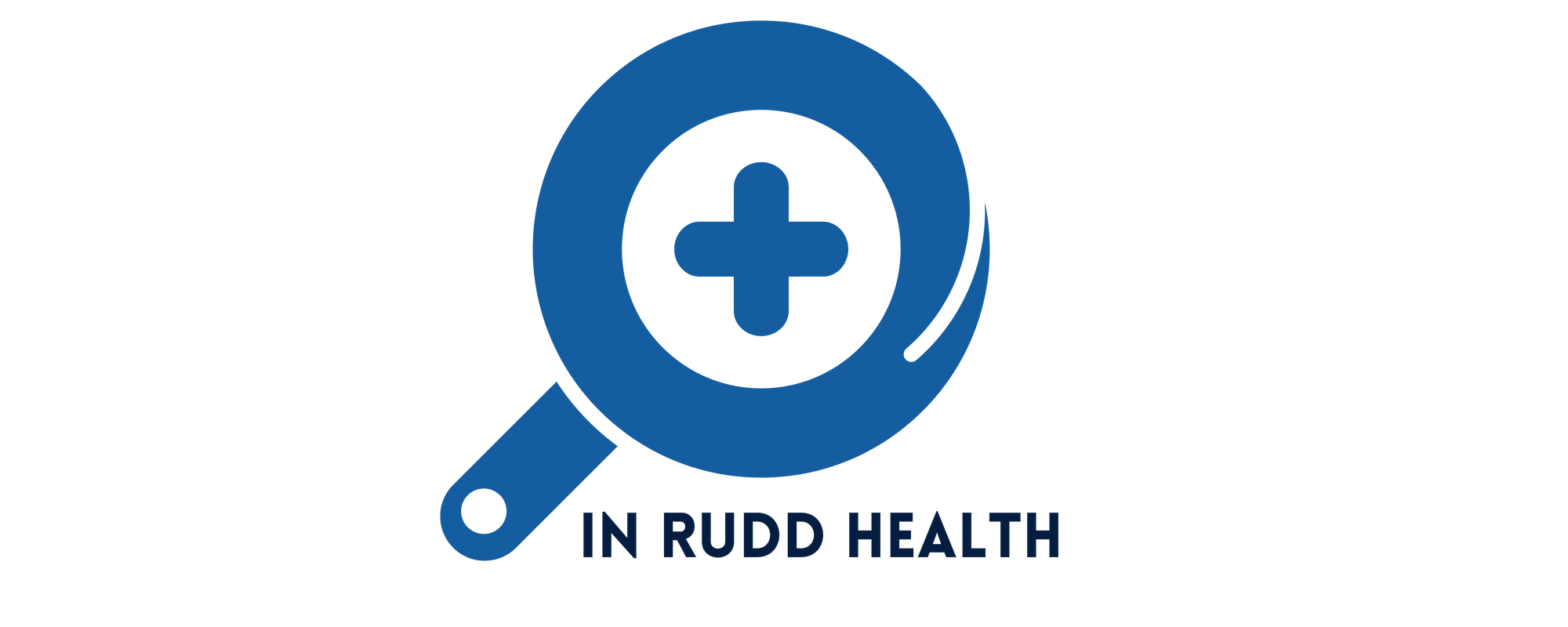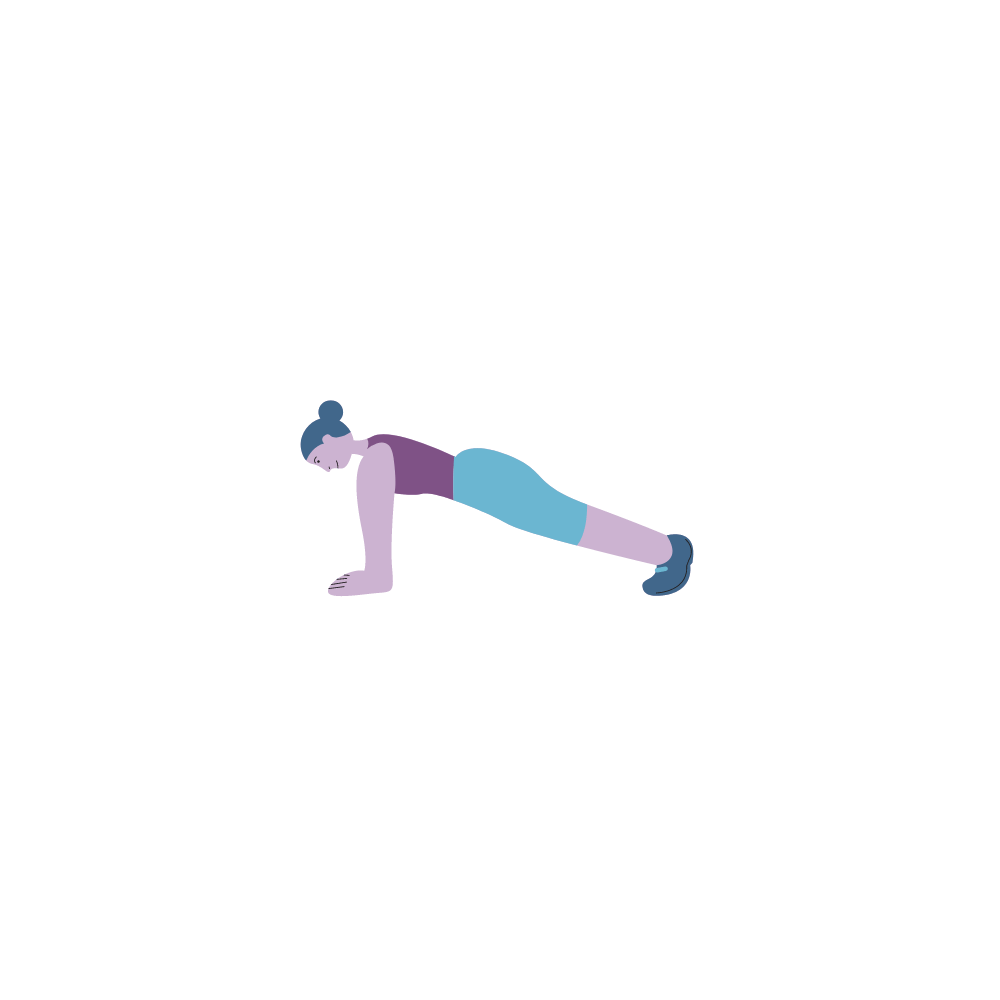The Copenhagen Plank, a variation of the traditional plank exercise, has emerged as a powerful tool for targeting the adductor muscles and enhancing hip stability. Simple yet highly effective, this exercise has gained popularity among athletes and fitness enthusiasts seeking to strengthen their lateral movements, prevent injuries, and improve overall athletic performance.
The Copenhagen Plank primarily focuses on the adductors essential for stabilizing the hips during various physical activities and sports. Individuals can promote better balance and control by engaging these often neglected muscles, leading to enhanced functional strength in everyday movements.
In this introductory guide, we'll explore the mechanics and benefits of the Copenhagen Plank. Whether you're an athlete looking to enhance your performance or an individual aiming to build strength and stability, incorporating the Copenhagen Plank into your fitness routine is valuable to achieving your health and fitness goals. Let's dive in and unlock the potential of this simple yet transformative exercise.
Mechanics of the Copenhagen Plank
The Copenhagen Plank is a variation of the traditional side plank exercise that targets the adductors (inner thigh muscles) and hip stabilizers. It is named after Copenhagen in Denmark, where it was popularized as a rehabilitation exercise for athletes recovering from groin injuries. Here's an overview of the mechanics of the Copenhagen Plank:
1. Starting Position: Begin by lying on your side with your elbow directly under your shoulder and your legs extended. Stack your feet on top of each other.
2. Activation: Lift your hips off the ground, forming a straight line from your head to your feet. This position engages your core muscles to stabilize your spine.
3. Movement: While maintaining the plank position, lift your top leg upward, opening it away from the bottom portion. The move should occur at the hip joint, and your feet should stay parallel to the ground.
4. Hold and Return: Hold the lifted position for a few seconds to increase the adductor and hip stabilizer activation. Then, return your top leg to the starting position while maintaining the plank position.
5. Repetitions: Perform several repetitions on one side before switching to the other side.
Benefits of the Copenhagen Plank:
Adductor Strength: The Copenhagen Plank primarily targets the adductor muscles responsible for bringing the legs together. Strengthening these muscles can enhance stability and prevent injuries involving lateral movements, such as running, cutting, or jumping.
Stability: By engaging the muscles around the hip joint, including the adductors, abductors, and glutes, the Copenhagen Plank enhances hip stability. This improved stability can be beneficial for maintaining proper alignment during various physical activities and reducing the risk of hip injuries.
Core Activation: Like other plank exercises, the Copenhagen Plank requires significant core engagement. It activates the deep core muscles, such as the transverse abdominals and obliques, which help stabilize the spine and pelvis. A robust core is essential for overall functional movement and can enhance performance in various sports and activities.
Rehabilitation and Injury Recovery: The Copenhagen Plank is sometimes used as a rehabilitation exercise for individuals recovering from groin or hip-related injuries. Its targeted approach to strengthening the adductors and hip stabilizers can aid recovery and promote proper muscle function.
Athletic Performance: Improved adductor strength and hip stability can improve athletic performance in various sports, enhancing agility, balance, and overall movement efficiency.
As with any exercise, performing the Copenhagen Plank with proper form and technique is essential to prevent injury. If you're new to this exercise, consider seeking guidance from a physical therapist to ensure you perform it correctly and safely.
Integrating the Copenhagen Plank into Your Fitness Routine
Integrating the Copenhagen Plank into your fitness routine can be a valuable addition to enhancing your core strength, hip stability, and overall athletic performance. Here's a guide on how to effectively incorporate the Copenhagen Plank into your workouts:
1. Learn Proper Form: Before starting, familiarize yourself with the correct mechanics of the Copenhagen Plank. Focus on maintaining a straight line from head to feet, engaging the core, and performing the leg lift from the hip joint.
2. Warm-up: Begin your workout with a dynamic introduction to activate the muscles and prepare your body for exercise. Include movements that target the hips, glutes, and core, such as leg swings, hip circles, and bodyweight squats.
3. Placement in Your Routine: Decide where the Copenhagen Plank best fits your workout. It can be used as a warm-up activation exercise for the hips or as part of your core workout. Placing it after compound movements like squats or deadlifts can help pre-fatigue the adductors for maximum engagement.
4. Frequency: Aim to perform the Copenhagen Plank 2-3 times weekly. Allow at least one day of rest between sessions to allow the muscles to adjust and recover.
5. Sets and Repetitions: Start with 2-3 sets of 8-10 repetitions on each side. As you become more proficient, gradually increase the number of sets and repetitions.
6. Rest and Recovery: Allow your body enough time to retrieve between workouts. Sufficient rest is essential for muscle repair and growth.
7. Consistency is Key: Like any fitness goal, consistency is essential. Make the Copenhagen Plank a regular part of your routine to experience its full benefits.
8. Cool-down and Stretch: Cool down with static stretches to release muscle tension after your workout. Focus on stretching the hips, thighs, and core to promote flexibility.
Remember that everyone's fitness level is different, and modifying your routine to your specific needs and goals is essential. If you're new to the Copenhagen Plank or have medical concerns, consider consulting a fitness professional or healthcare provider for personalized guidance and support. Enjoy the process, stay committed, and celebrate your progress as you integrate the Copenhagen Plank into your fitness journey.
Precautions and Contraindications
While the Copenhagen Plank can be beneficial for many individuals, it's essential to be aware of certain precautions and contraindications to ensure your safety and well-being. Here are some key points to consider before performing the Copenhagen Plank:
1. Consult with a Professional: If you have any pre-existing medical conditions, injuries, or concerns about your fitness level, it's crucial to consult with a fitness professional, such as a physical therapist, before attempting the exercise. They can estimate your individual needs and provide personalized guidance.
2. Pregnancy: Pregnant individuals should exercise caution when performing exercises that involve lying on their sides. It's appropriate to consult with a healthcare provider before attempting the Copenhagen Plank or any new exercise during pregnancy.
3. Joint Pain or Discomfort: If you experience joint pain, discomfort, or any unusual sensations during the Copenhagen Plank, stop immediately and consult a professional. Pain may indicate improper form or an underlying issue that needs attention.
4. Proper Warm-up: Ensure you thoroughly warm up before attempting the Copenhagen Plank to prepare your body for the exercise and lessen the risk of injury.
5. Progress Gradually: If you are new to the Copenhagen Plank or any exercise that targets the adductors, start with a lower intensity and gradually increase as your strength and stability improve.
6. Avoid Overexertion: Avoid pushing yourself to exhaustion, as it may lead to improper form and increase the risk of injury. Listen to your body and stop if you feel fatigued.
7. Individual Differences: Everyone's body is different, and what works for one person may not be suitable for another. Pay attention to how your body responds to the exercise and adjust as needed.
Testimonials:
• Michael, 25: "I injured my groin during a soccer game and had trouble recovering. My physical therapist introduced me to Copenhagen Plank, and it made a significant difference in my rehab. Now I feel more stable on the field."
• Lisa, 35: "After having my second child, I had pelvic floor issues. My pelvic health specialist recommended the Copenhagen Plank to strengthen my hips and core. It has been a game-changer for my postpartum recovery."
• Jack, 28: "I'm a personal trainer and often recommend the Copenhagen Plank to my clients. It's a fantastic exercise for building core strength and stability. They love the challenge it brings!"
These testimonials highlight how Copenhagen Plank has positively impacted individuals from various backgrounds, helping them improve their athletic performance, recover from injuries, and enhance their overall functional fitness.
Conclusion
In conclusion, the Copenhagen Plank is a beneficial exercise targeting adductor strength and hip stability, improving core strength and functional fitness. Exercise caution when integrating this exercise into your routine, especially if you have definite medical conditions. Seek professional guidance and progress gradually to ensure safety and maximize its benefits. Incorporating the Copenhagen Plank can enhance athletic performance, prevent injuries, and enjoy a more stable and functional body. Stay consistent and committed to achieving your fitness goals with this practical and versatile exercise.


